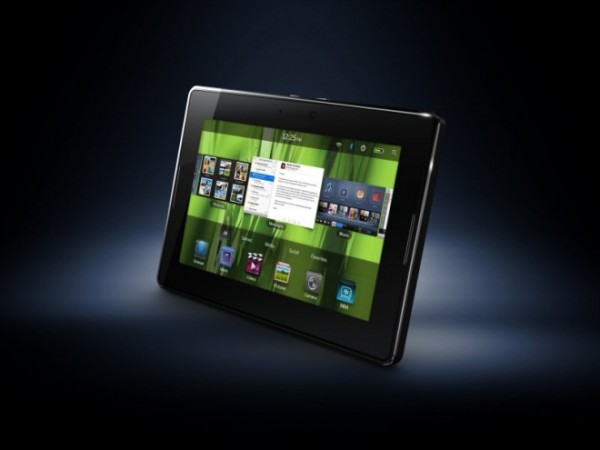
Another new tablet, the BlackBerry PlayBook 7”, is finally here and although RIM is a little late in the game, it offers one more flavor to the tablet market by introducing a fresh new OS. The PlayBook could be a good alternative to iOS and Android, although some people argue that it is nothing more than a blatant webOS rip off. RIM doesn’t a PlayBook with 3G capability, which means you’re pretty much limited to Wi-Fi hotspots or tethering when you want to access the Internet. The BlackBerry PlayBook is distributed with a pricing model similar to the iPad. The 16Gb version is sold for $499, 32GB is $499 and 64GB is $699.
Design and Hardware
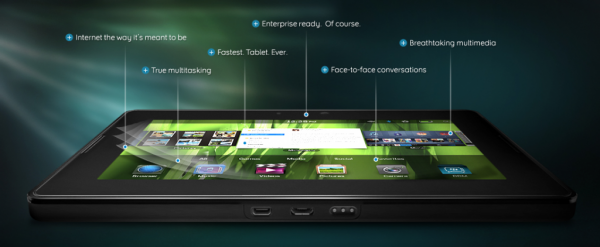
The Playbook has a soft touch finish and an overall quality feel to it, which may remind you a little bit to the Motorola Xoom, which is not a bad thing. Unlike the Samsung Galaxy Tab, it doesn’t feel plasticky, but at about 15 ounces, it may feel a little heavy for some people. The PlayBook is powered by a dual-core 1GHz processor, which increasingly becomes a standard for high-end smartphone and tablets. In addition, it has enough RAM for various applications to run them smoothly.
The tablet is a dual-camera device, with 5 Mp at the rear and 3Mp at the front, but because it has no 3G access, you may have less use for the front camera. Even so, both cameras are among the best in the tablet market, as they can shot colorful and sharp videos at 30 fps (1080p).
The tablet feels good in hand with soft touch finish, while the sides are squared off to allow easier grip. At less than 0.5 inch thin, the PlayBook does look good and fashionable, in addition, despite the thinness, it is solidly constructed. Compared to the pre-release review unit, an important improvement has been made on the power button. The button is small, but it isn’t sunk so deep that pressing it is too difficult. It is important to note that you don’t need to physically press anything to wake a PlayBook up as you can swipe an onscreen button at the top of the display. The black bezel also reacts to gestures and perfectly touch-sensitive.
The volume control is found on the top of the device and it has other function as well. For example, by simultaneously pressing both the volume up and down button, you can activate the display screen shot function. The micro USB port is usable for both syncing and charging the tablet, it is located at the bottom edge, near dock contacts and micro HDMI port. The PlayBook also features a 3.5mm headphone jack and built-in microphone. Two stereo speakers flank the display and the sound is surprisingly good. It’s a pity that despite their iTunes heritage, Apple products still lack stereo speakers at similar quality. Pre-release unit was noted for a number of bugs and the lack of BlackBerry Bridge. Without it, the PlayBook can’t grab email and PIM data from BlackBerry phones. New PlayBook owners should also check for latest updates on the RIM website to avoid “out of memory” warning when using several apps simultaneously.
Right now, AT&T doesn’t fully support BlackBerry Bridge, pending the completion of an internal testing, which is unfortunate because you won’t have email, calendar and contacts, unless you can access them with an Internet connection. The Bridge is quite handy for PlayBook owners as it allows a BlackBerry phone to act as a wireless modem, although you may be required to have a tethering data plan to do so.
Web Browsing
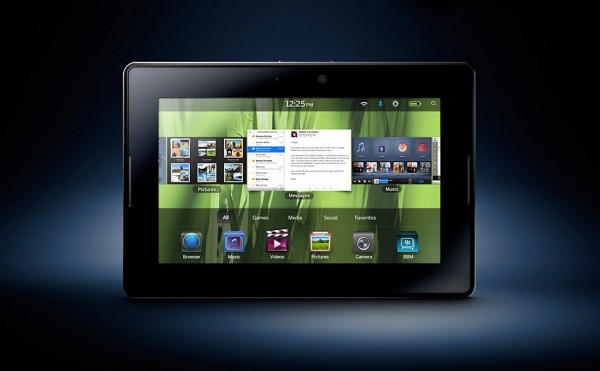
You may safely argue that the webkit browser could be the best among other mobile browsers. It can easily handle blog back ends, complex site structure and other challenges that often bring other mobile browsers down to their knees. Although webkit is a little slower in Javascript rendering (which won’t be noticeable anyway), it unleashes Flash animations with excellent fidelity. The PlayBook has Adobe Flash 10.1 and you won’t have the impression that you’re running a Flash file on a mobile device. Pinch zooming is responsive and smooth and pages change orientation flawlessly. The browser even supports Hulu (with a little tweak) and Amazon Video on Demand.
At this moment, the browser may crash occasionally and taking with it all the tabs that you have opened previously.
Applications

Although there aren’t many game released for the PlayBook yet, 3D gaming is smooth. RIM promised that there would be about 3000 apps available for the PayBook shortly. It is quite interesting to note that the PlayBook may be able to run Android apps soon. An official email client and PIM apps will also be available in coming months. As a whole, the lack of app availability may indicate that the PlayBook may be released a tad too soon, which definitely hurts the initial presentation of an otherwise attractive tablet.
Motorola Xoom might be in the same situation at first, but they at least could run many existing 2.x apps. Of course, some apps looked ugly on the big tablet screen, but many popular apps could run well on full screen because they were resolution-aware. Xoom were able to run readers like, Kindle and Nook, file managers like AndroXplorer and Astro or news reader like Pulse. In short, there were many things that could keep early Xoom owners busy for weeks before a horde of Honeycomb apps were finally available. Unfortunately, with the PlayBook, you currently can’t have popular apps similar to Google Maps, CNN, Weatherbug, Netflix, Flixster Movies and Pulse. Apps are downloadable from AppWorld, although they will be available in coming months. To transfer files over USB, BlackBerry Desktop Manager should be installed on the tablet. On the other hand, file transfer via Wi-Fi is more practical because you don’t need to install a dedicated application.
Luckily, the PlayBook comes with a number of useful preinstalled apps such as Bing Maps, Kono Books, Voice Notes and Accuweather. You’ll also get Documents To Go which allows you to create, read and edit Microsoft Office files (Word, Excel and PowerPoint). There are also podcast client, clock, scientific calculator (with a built-in unit converter), Tetris and Need for Speed Undercover.
Of course, it is unfair to compare the PlayBook with the iPad 2 because the iOS is a much more mature operating system. The Apple’s tablets are all about multimedia and gaming courtesy of App Market. The PlayBook runs music and video impressively and it multitasks like a champ.
Battery Life
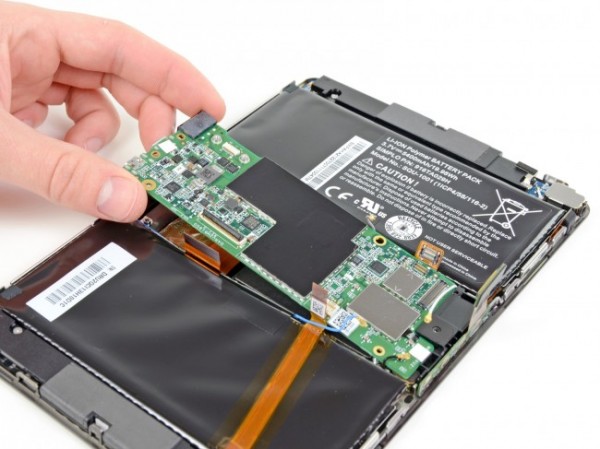
The PlayBook offers a respectable battery life. Some tests show that it averages 7 hours when used to play video continuously and with normal usage, you may need to charge the PlayBook only after 3 or 4 days.
Conclusion
Overall, the PlayBook is easy to use, well-polished, fast and impressive for multimedia uses. The speakers sound wonderful and the micro HDMI port works nicely for movie playback. You’ll love PlayBook with its well-designed interface despite the fact that it’s not particularly a mature OS. In fact, some aspects of the user interface are more polished than the Android and it multitasks better than the iOS.
The physical design is beautiful and its smaller size makes it more portable than most tablets today. The Flash 10.1 playback is second to none and the web browsing experience is impressive. If you have a smartphone in your pocket with Wi-Fi tethering feature turned on, it is likely that you won’t be disappointed with the absence of 3G connection, besides it’s more cost-effective to use a data plan for two devices. Despite the poor availability of 3rd party apps, the PlayBook is definitely a solid 1st generation offering from RIM. It is a natural extension of BlackBerry smartphones, which means that current BlackBerry users will get much better support and integration with the PlayBook, instead of with the iPad 2 or Android Honeycomb tablets.
Pros
Impressive hardware, delightful display, top notch user interface, long battery life, solid multitasking, 1080p HDMI output
Cons
No BlackBerry Bridge for AT&T Network, no official email client, limited apps selection, “Out of Memory” issue and slightly unstable web browser.
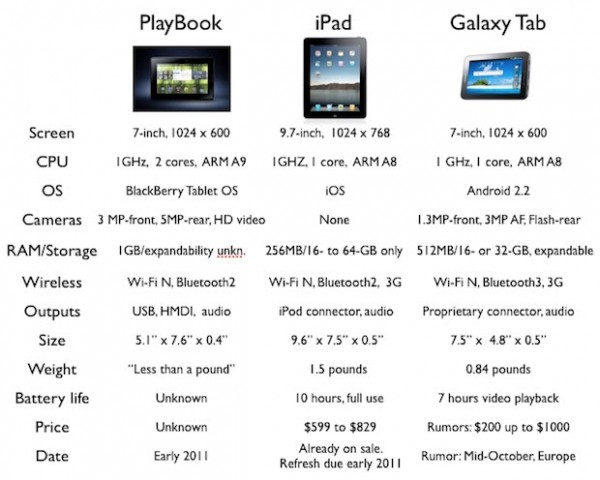






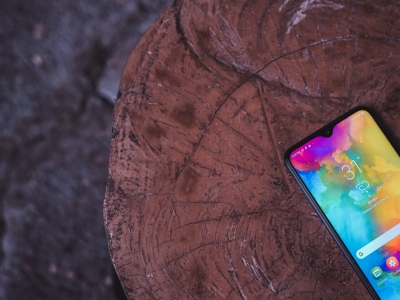



Comments